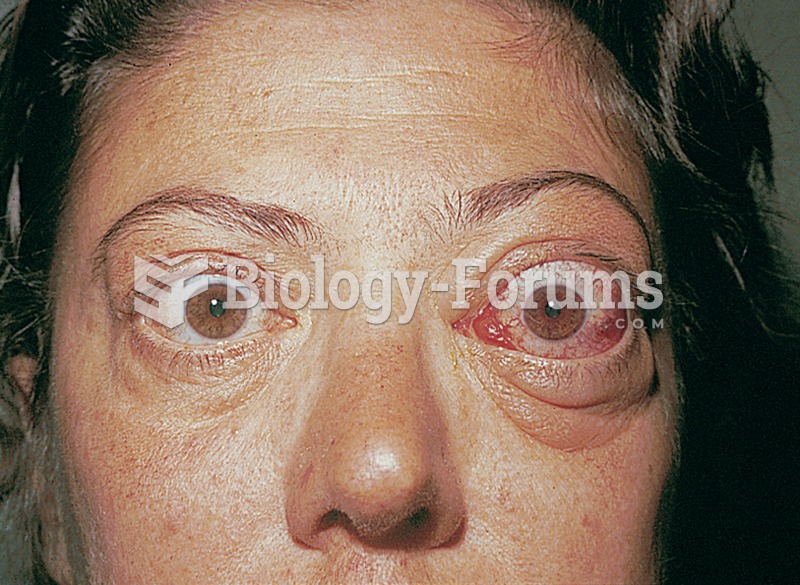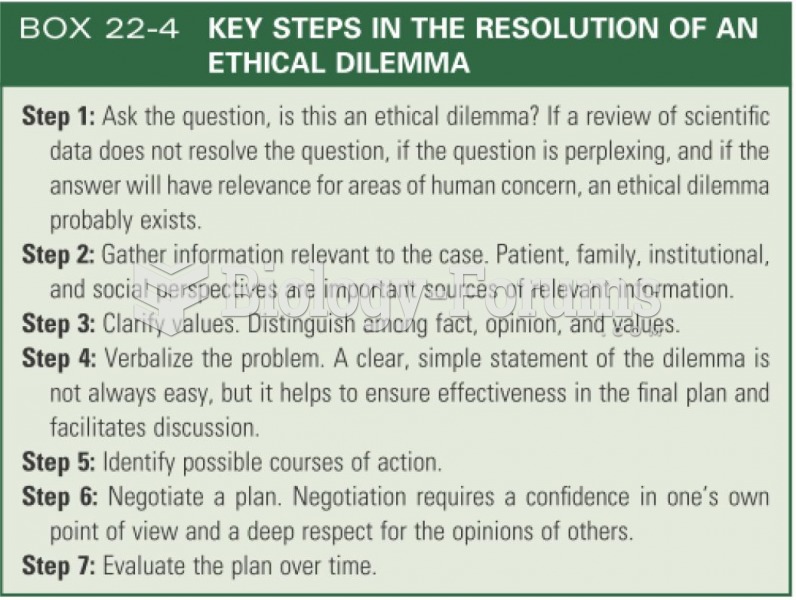Answer to Question 1
Answer should include points such as the following:
Resolution is the minimum distance that must separate two objects in order for them to be viewed as distinct objects. The lower the distance needed, the greater the resolution of the photograph.
Photographs with greater resolution show more detail and sharpness.
Answer to Question 2
Answer should include points such as the following:
a. It is best to wait until morning to photograph such scenes. If this is not possible, it may be advisable to use floodlights to illuminate the scene or employ the painting with light technique. Any photographs taken at night should be repeated during daylight.
b. For a tire impression photograph, overview and medium-range photographs should show the relative position. Close-up photographs with a scale must be taken at 90 degrees to the plane of view using a tripod before the impression is cast. Oblique lighting should be used in these photographs. Identifying tags may be shown in the photographs. A minimum of eight feet of the impression must be photographed.
c. In order to show ridge detail for identification purposes, developed latent fingerprints must be photographed before they are lifted, preferably with a latent fingerprint camera, to provide 1:1 photographs. Black-and-white film is the ideal medium, but color film or a digital medium can also be used.
d. Street signs denoting the nearest road or roads should be taken at outdoor scenes. Global Positioning System coordinates or measurements to fixed features must be recorded for outdoor scene photographs. Grouping evidence in photographs may be necessary. Nearby vehicles should be photographed. Aerial photography may be helpful.
e. In addition to the required sequence of photographs, photographs should be taken from the viewpoints of involved parties or witnesses. The bullet(s) as well as damage done should be photographed.







